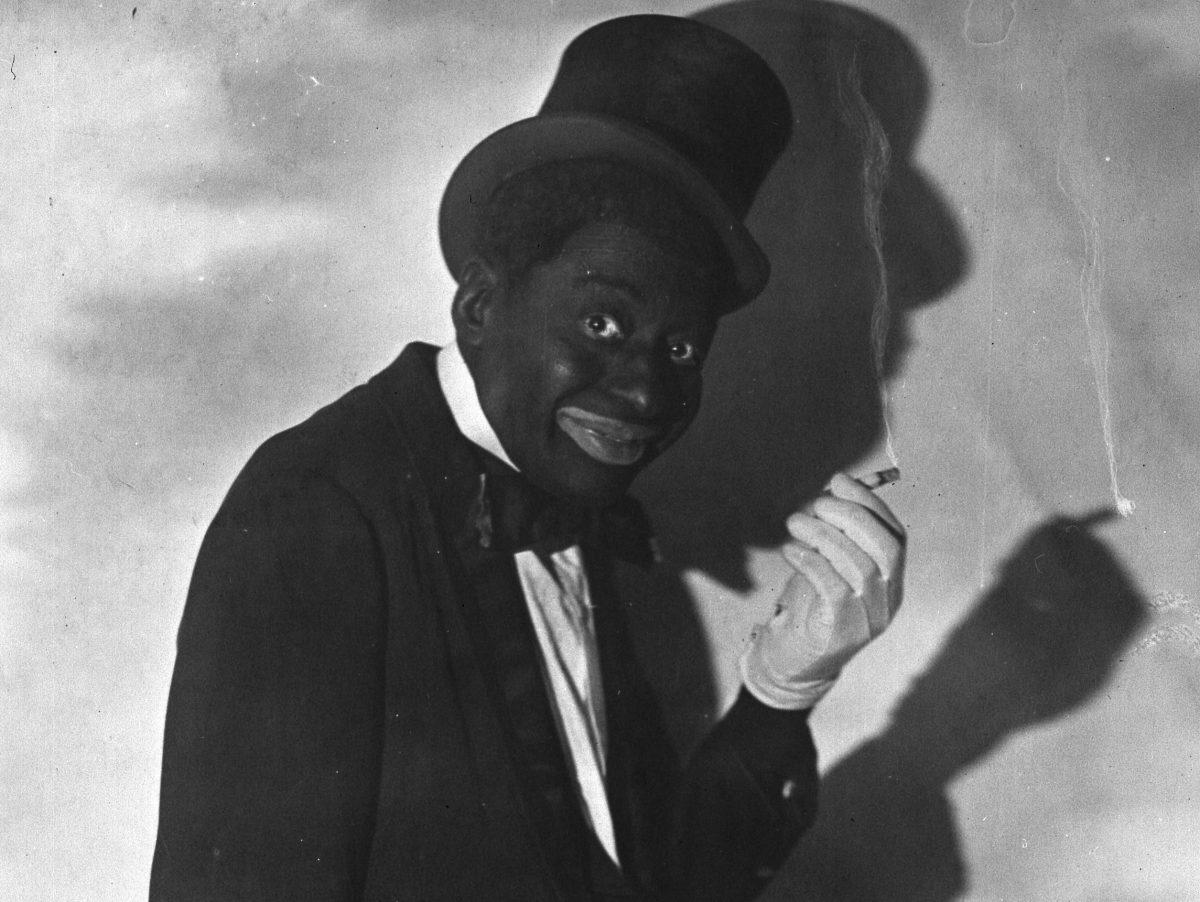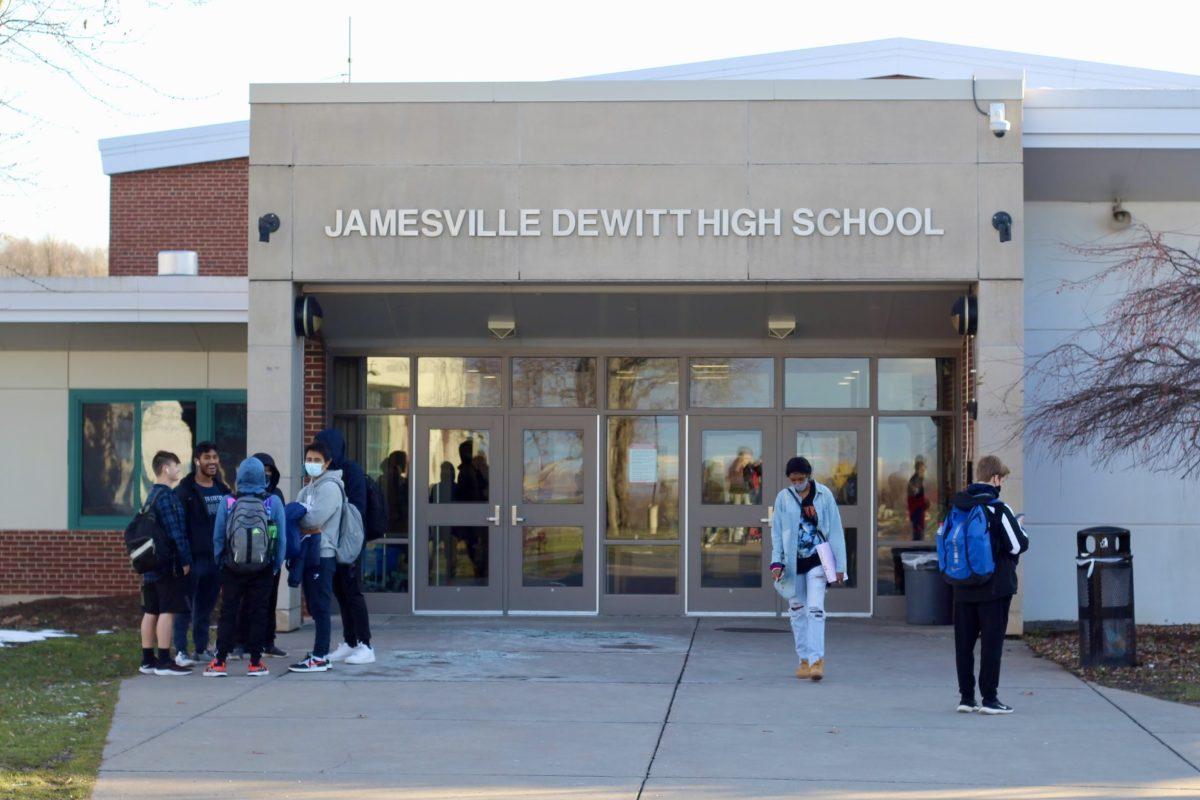The Star Tribune describes the 21st century as digital, diverse and accepting. If this is the case, then why do stories featuring racist actions continue to appear on our news channels every day? In recent months, the thought-to-be-forgotten trend of blackface has made its way back into the headlines of hundreds of newspapers.
Originating in New York City in the 1830s, some consider the minstrelsy of blackface to be the first American form of entertainment. It began with white entertainer Thomas Dartmouth Rice. He wore the clothes and assumed the role of a slave, therefore creating the character “Jump Jim Crow.” From this point, many white men darkened their faces and exaggerated the features of a black person to perform in front of a white audience.
“Many abolitionists…found blackface offensive and openly expressed their thoughts against it.”
Many abolitionists, including Frederick Douglass, found blackface offensive and openly expressed their thoughts against it. These acts dehumanized blacks through racial stereotypes and destroyed their self-respect. However, no amount of people could stop the strong-headed white men that put on these acts.
You know how they say “when life gives you lemons, make lemonade”? Although disgusted, some African-American artists did. In their perspective on the history of blackface, The Washington Post states “Black performers were able to use the humiliating dialect, gestures and characteristics that they loathed to become stars.”
“Even today, we are still seeing the effects brought on by blackface from years ago.”
Even today, we are still seeing the effects brought on by blackface from years ago. Most recently, Virginia Governor Ralph Northam’s 1984 yearbook photo of him dressed up as blackface, standing next to a person dressed in a Klu Klux Klan hood and robe. Another example is the late Missouri Governor Mel Carnahan’s performance with his brothers as a blackface quartet in 1960. Finally, Florida Secretary of State Mike Ertel resigned last month after photos of him posing as a blackface Hurricane Katrina survivor in 2005 were leaked. Although most commonly noted in America, many other countries have dealt with blackface problems similar to ours.
Some people see the minstrelsy of blackface as a connection between blacks and whites. They believe the performances were a way to interact with miles in between them. In The Washington Post, Marc Aronson went as far as to say this belief is still practiced. In his article, he states “rappers whose lyrics explore life stories few white people experience sell to white audiences.”
Although these problems having to deal with blackface appear to be bigger than any of us, I believe if we stop seeing in color we will be able to overcome them. After all, The Star Tribune also described the 21st century as a generation full of excellent problem solvers.




































